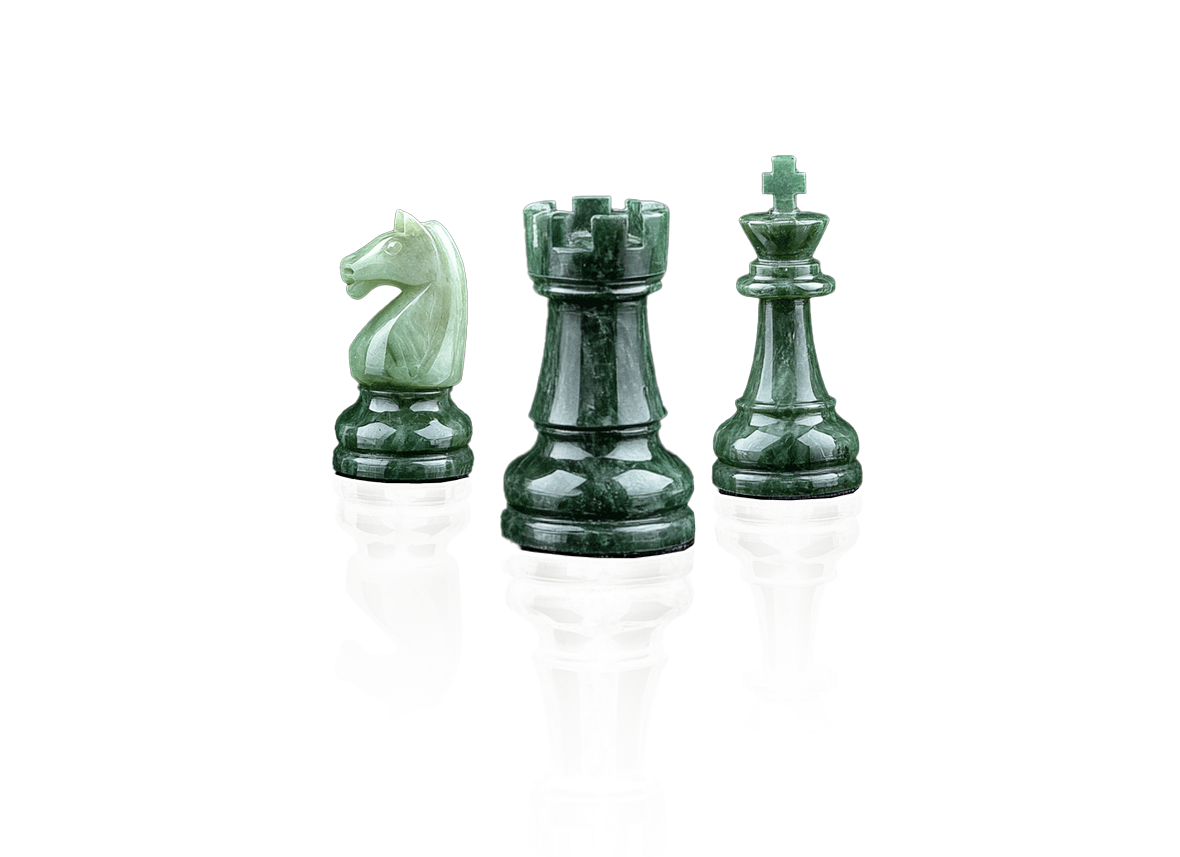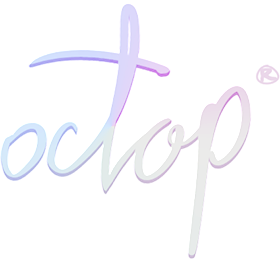
Hover over ...
Discovery & Requirements
Capture goals, user stories, keep a commonIt's a good idea to be organized right from the start and keep an up-to-date document that will serve both as means of showing your work and opening it up to feedback. Transparency is by far the best policy.

Competitive Research & Best Practices
Analyze rival products to gain .
Every product will have practices that are unique or specific to them. Competitive analysis will reveal them in context. Observe practices that competitors leverage. Reviews of products can be very insightful.

UX Strategy
Align product vision with
.
Understand the desired larger business outcomes so you can cater the experience to those objectives. Understanding short and longterm goals of the business will enable you to position the product for success and will make any pivots easier.

Scoping & Wireframe vision
Sketch core flows and functions to .
Defining the structure early in collaboration with engineering is your best bet. Make a low fidelity prototype on paper or a clickthrough quickly to start getting a realistic sense of the flow. You'll adjust and add/resolve features as development moves forward.
Leveraging GenAI
Test the model to build refined .
In order to fully leverage AI model implemented into an experience, it is a good idea to test it out yourself. This will allow you to have a common voice when discussing with engineering on the responses and may help you suggest stronger prompts to get users better, more desirable results.
Interactive Prototyping
Develop dynamic models that simulate .
Once the major screens and features are mapped out, start putting some meat on the bones of interactions by complementing them with animations and transitions that support the actions, help user retain context and build the experience's style. Public perception of the product and brand are directly impacted by attention to such detail.
Feedback & Iteration
Refine designs swiftly using rounds of .
Using the set up document, regularly publish updates and distribute them. Ask stakeholders for an interview on their time with the prototype and gain new business-specific insights. All feedback is valuable.
Sleek, Scalable Design Systems
Build fluid UI frameworks well .
As the blocking gets close to feature complete, the design system best focuses on the features in the prototype first. Due to platform variables and nuances, designing features in context is necessary.
Heading
A short message for the user to acknowledge and confirm.
Engineering & Magic Synergy
Collaborate to seamlessly merge .
Generate buy-in from engineering early. Learn from them about what they would ideally want. Collaborate with engineering early and often. Understand their goals and use their goals to plan a phased approach to the design goals and milestones.

Metrics & Optimization
Analyze data to leverage .
Before publishing, consult on SEO optimization, accessibility and run tests to verify each audience of users have clear ways of finding the content they came for.

Test, Grow & Evolve
Experiment to maximize impact. Seed .
Version 1.0 is good, but already on the horizon there are new features users request. Be sure to stay in the user's shoes to better understand their desired experience.
